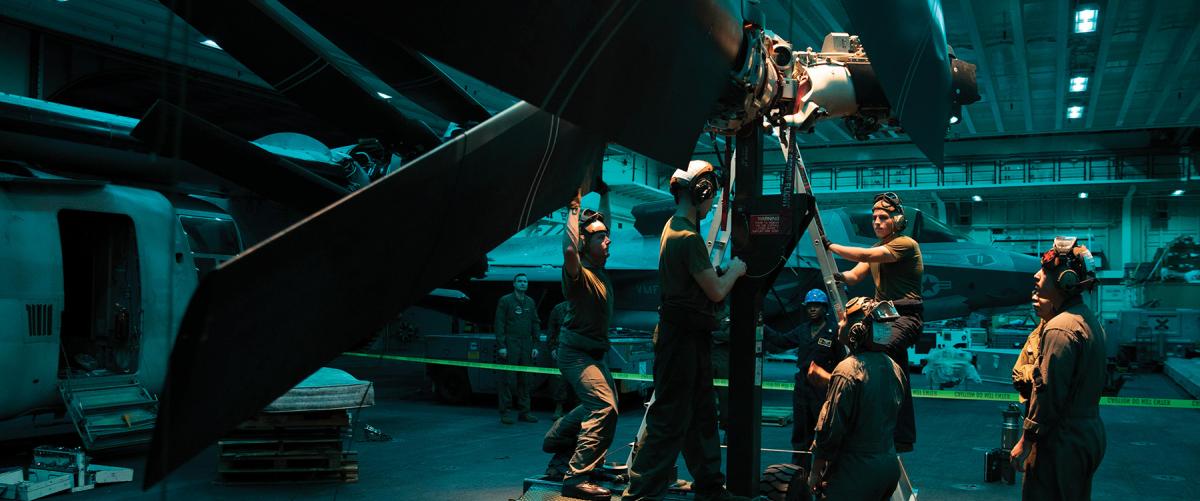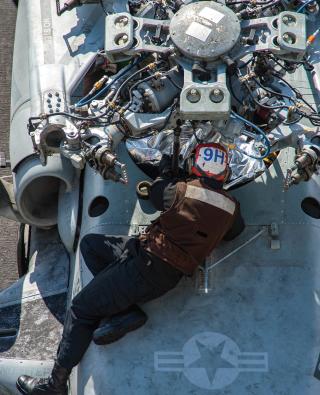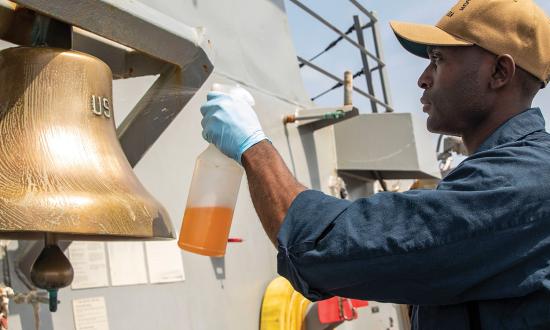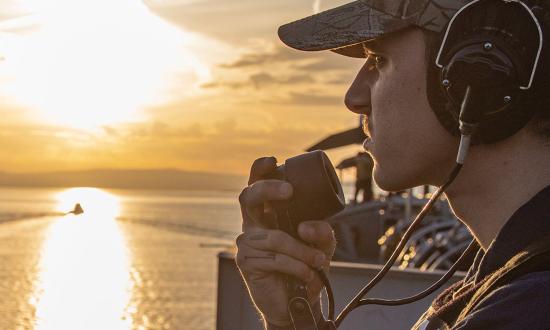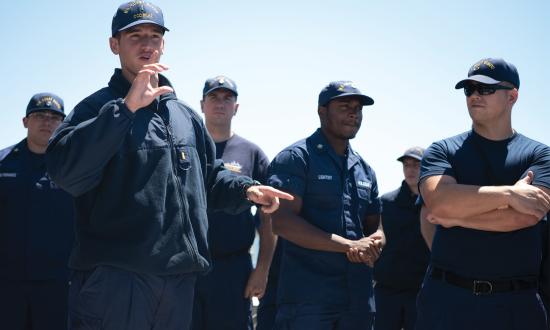Sleep deprivation is a common issue throughout the Navy. Sailors often fuel up on energy drinks and coffee just to muddle through their shifts—zombies on autopilot until the next shift rolls in.
I see this too often in naval aviation. It can be dangerous not to have everyone at 100 percent and ready for the day ahead. Unfortunately, the sailors most affected often have no control over the flight schedule and how their day is planned. Pilots and aircrew work together to make a schedule that provides the necessary crew rest between each flight. However, the Naval Air Training and Operating Procedures Standardization (NATOPS) requirements for flight crew and flight support personnel—which “includes free time for meals, transportation, and rest and must include an opportunity for eight hours of interrupted sleep”—often are not considered.1 The focus usually is on ensuring the flight crew has the necessary time off, with the assumption that the maintainers get the same. Both flight and ground-support personnel schedules must include an opportunity for eight hours of uninterrupted sleep.
The Need for Rest
I recently was on a stateside detachment working on MH-60S helicopters during which the maintainers were released from their shift in the early morning hours and expected to be back for work within six hours. In those six hours, all maintainers were expected to travel back to their lodging, eat, and hopefully get some sleep.
This was not sustainable. The work before, during, and after the flight schedule had a huge effect on maintainers both physically and mentally. Adequate rest is needed to ensure all sailors are at peak performance for the safety of all involved. Understandably, pilots often focus more heavily on the factors that have a direct impact their day and missions. Does the operations department have the proper number of aircrew and pilots per aircraft? Has the aircrew been swapped out to ensure each sailor gets his or her NATOPS-required time off for crew rest? Is the load plan correct for the mission? All good! However, this is not all that goes into getting an aircraft off the deck on time.
Ensuring turnaround times are not grouped too closely together could help flight personnel and maintainers get the proper amount of rest. The flight schedule cannot simply reflect a 12-hour block between shutdown time and turn up for the next day. The maintenance required after a flight and before new flights the following day must be taken into consideration.
Sailors should not be getting back to their berthing just to roll right into bed and pop back up for work the next morning. After all, rest includes more than just sleep. Sailors need time to wind down and relax to conduct proper self-care—not to mention get a chance to eat.
Scheduling and Downtime
Another important factor is the workload involved in each flight schedule. For an aviation ordnanceman, it is not uncommon to have it written on the schedule to install two M240D mounts, two M240D guns, a GAU-21 deckplate, GAU-21 cradle, and a GAU-21 gun all within 30 minutes. This pace can quickly burn maintainers out, wearing them down before the week is over.
It also is important for teams to have some down time between flights. On detachment, I noticed how lighthearted and relaxed sailors became when both aircraft had taken off and there was nothing left to work on. There was comradery and excitement in these quiet moments. It does a lot of good for teams to have that kind of time together. Mandatory fun days are not the same. Forced social events are harder to enjoy, but spontaneous moments of comradery during a normal workday allow sailors to come together and enjoy themselves a little. It can be both mentally healing and stimulating to come together as a team rather than constantly work from dawn to dusk.
Considering all aspects of a command and factoring in the maintainers rather than just thinking about the tasking would go a long way to help naval aviation meet its missions safely. Sailors all signed the dotted line to be here as a team, but they also need time to care for themselves as individuals. One team, one fight! No one rests until we all do.
1. Department of the Navy, OPNAV Instruction Staff 3710.7U, NATOPS General Flight and Operating Instructions, 1 March 2004.



